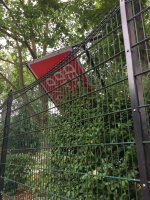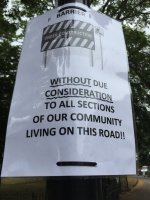Gramsci
Well-Known Member
the idea of a low traffic neighbourhood is to keep traffic on the main roads where it belongs and stop satnavs filling every minor road to capacity as well.
So thats ok then . People who live on these roads will just have to put up with it.



